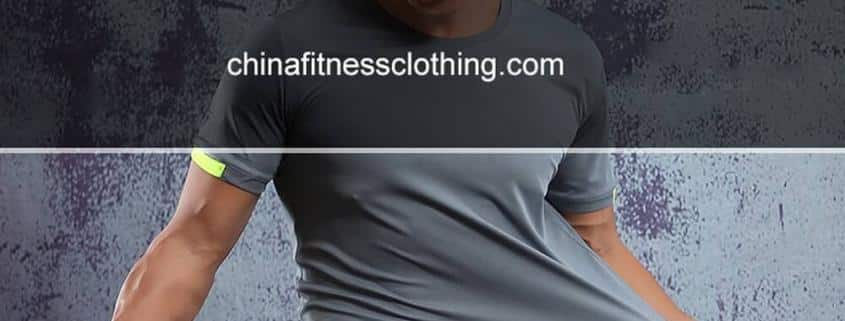What is recycled polyester fiber? This article introduces a type of eco-friendly fabric-recycled polyester fiber- a biodegradable and eco-friendly fabric.
Mankind has a 70,000-year history of dressing. From the initial purpose of covering the body and resisting the wind and cold, to the pursuit of comfort and beauty, the function of clothing has undergone earth-shaking changes. People want clothing to be comfortable and protect the environment. Environmental protection has gradually become a design prospect that cannot be ignored. Environmental-friendly fiber clothing will be the future development trend. This change not only reflects the progress of science and technology but also reflects the continuous improvement of people’s requirements for the quality of life. Advances in technology have made this change possible.
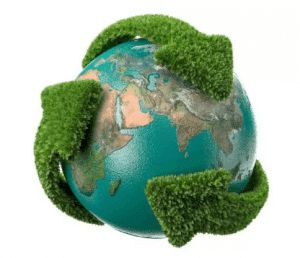
According to incomplete statistics, millions of tons of discarded PET bottles cover the surface of the earth every year, and more than 1 billion pieces of clothing are discarded. This constantly refreshes the data on landfills and pollution on the planet.
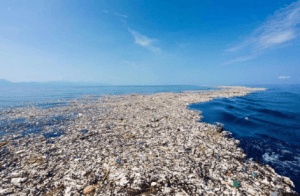
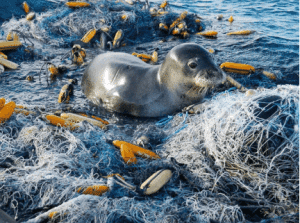
A series of issues such as the global greenhouse effect, human-land conflicts, and ocean pollution have attracted people’s more and more attention, and environmental protection has become urgent. Environmentally friendly recycled polyester fabrics and chemical fiber biodegradable fabrics were born.
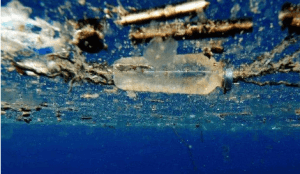
Recycled polyester fiber takes recycled cola bottles as raw materials. PET bottles can be made into PET fragments after removing the caps, labeling, washing, sorting, crushing, flotation and other processes. After being granulated into chips, CHIP melted and spinning, and other processing, it is made into recycled polyester filament.
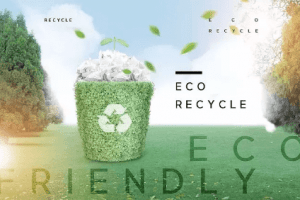
Resource recycling and regeneration are currently widely used methods to reduce carbon emissions. Green fiber is of great significance for protecting the environment and saving resources.
Guardian of the Earth’s Environment: Recycled Polyester Fiber
Recycled polyester fiber can reduce the consumption of crude oil raw materials, save the energy consumed by crude oil in the manufacturing process of raw silk, reduce carbon dioxide emissions, thereby slowing down the rate of global warming, and preventing soil and atmospheric pollution caused by flooding and burning.
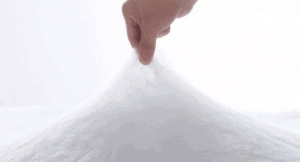
Biodegradable Yarn:
In the spinning process, biodegradable additives are added to form a new type of spinning dope to make hydrophilic polyester fibers. The hydrophobic polyester fiber, which makes it difficult for water to adhere to the surface and structure of the fabric fiber, is transformed into a new type of polyester fiber material that can undergo hydrolysis and redox reactions with natural microorganisms.
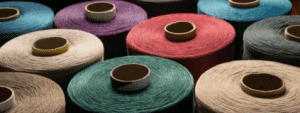
When the fiber fabric made of the new type of degradable fiber is buried in the soil, more than 600 microorganisms in nature will undergo hydrolysis and redox with the polymer of the fiber when the water is sufficient. The biodegradable additives in the fiber will help microorganisms and bacteria to biodegrade the fiber.

Microbes use secretion enzymes to split the molecular chain of PET molecules, allowing the polymer to continue to decompose into simpler monomer structures. The monomer components of these simple basic monomer structures can allow bacteria to further decompose, and finally only carbon dioxide, methane, water and remaining biomass are left. During the entire decomposition process, the degradable fiber fabric gradually becomes thinner and lighter, and gradually returns to the natural environment.

Advantages:
The use of biodegradable yarns enables rapid decomposition of discarded and landfilled garments. In just three years, it will gradually decompose and return to the natural environment, while other fibers will take decades to be decomposed.

Wide Applicability:
It can be processed in any type, such as weaving, knitting, dyeing, finishing, etc. It has the same characteristics and performance as conventional chemical fiber fabrics; it provides a new type of textile material for the textile and garment industry to create high-quality products.
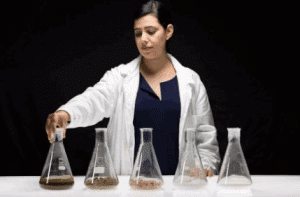
Wearing Feeling:
Good quality, long lifespan, comfortable, breathable, easy to wash, quick-drying: clothes produced from fabrics containing biodegradable yarns have all the advantages of conventional fabrics, ensuring the same service life in storage and use.


